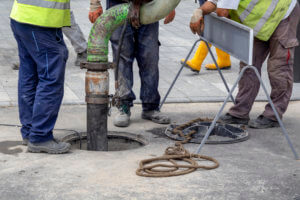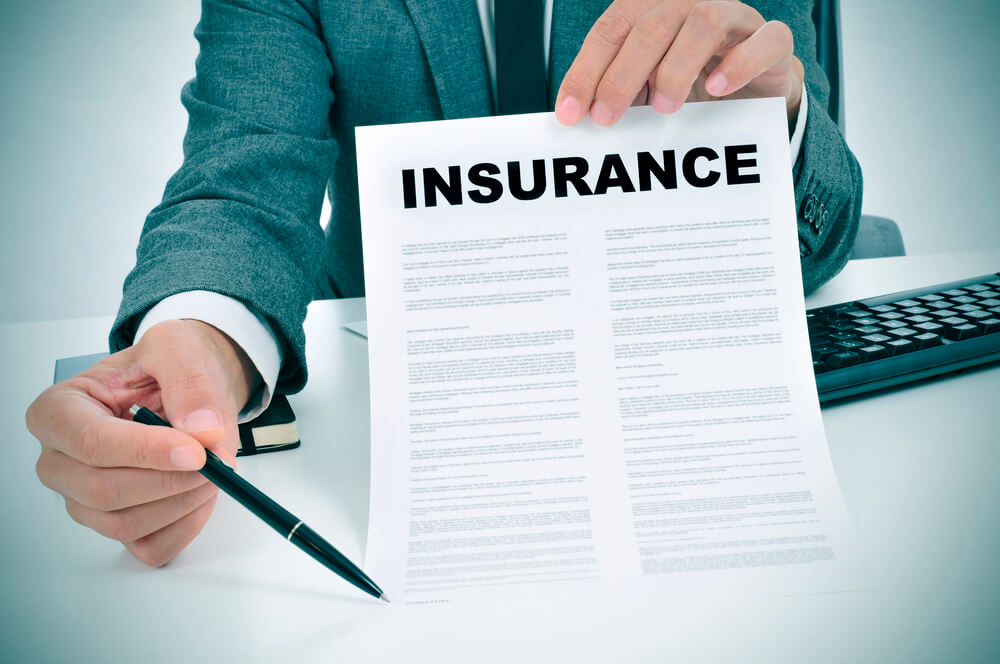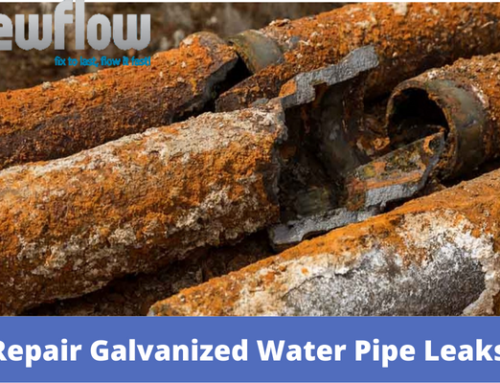When Is The City Responsible For Sewer Lines? [Updated 2021]
Who’s responsible for the main sewer line?
The city is in charge of maintaining and repairing the main sewer line. Usually, 12 inches or larger, the main sewer line is connected to your home’s lower lateral and transports waste to the city’s sewer. The city has the responsibility to keep this line running. Otherwise, an entire neighborhood could be affected.
Make sure your pipes are maintained as well. If you have a backup or collapsed pipe, and it damages the city’s mainline, you could be held liable. Keep your lines clean and working! You do not want to pay for a disaster like that.
Who’s responsible for upper and lower lateral sewer lines?
You are in charge of taking care of the upper and lower lateral sewer lines. Since they are located on your property, they fall under your responsibility. As the sewer line runs further away from your home, it heads deeper underground, helping waste drain away from your home. When the sewer passes your property line, it usually has a cleanout for access and repair.
Laterals extend from your home to the main sewer line within the street (or within an easement at your home’s rear), and range from 4 to 6 inches in diameter. You are responsible for the entire length, including the portion that may be located under the public right-of-way (under the asphalt or street landscaping).
Upper Sewer Lateral – The upper lateral is the section of pipe that’s closest to your home. The upper starts from where your pipes leave your home and goes to a cleanout at the sidewalk or your property line. These lines run underneath your yard and foundation. You are in charge of these pipes.
Lower Sewer Lateral – The lower lateral starts where the upper ends and goes to the city-owned mainline. The lower is usually underneath the public road. These pipes also belong in your care.
Note: Always double-check with your city to find out what you are responsible for.
Read more about: Common Lateral Sewer Line Problems
Keeping sewer lines clear
Keep your lines clear and clean to avoid buildup and clogs. Do not pour grease, oil, or cooking fats down your drain. These stick to the sides of your pipes, reducing their ability to transport waste out of your home. Do not flush anything besides human waste and toilet paper. One of the main culprits for clogs is “flushable” wipes. “Flushable” only means that a toilet can send it down into your pipes, but that does not mean your lines can adequately carry it out.
No one else uses your upper and lower laterals, only you. So if they need repair, what can you do?
How to repair sewer lines that are your responsibility
Sewer lines can be repaired using trenchless technology or conventional repair methods. Call a plumber and schedule a CCTV sewer camera inspection today. If you notice signs of clogs, backups, or other signs of damage, fix them fast before the repair cost rises.
If you notice signs of clogs, backups, or other signs of damage, fix them fast before the repair cost rises.
Trenchless Sewer Repair – Trenchless technology has allowed plumbers and contractors to repair, replace, and improve sewer lines without trenching. Lines can be repaired if the damage is isolated to a particular area or replaced entirely with a brand new, strong pipe. There are two forms of trenchless technology: Pipe Lining and Pipe Bursting.
- Pipe Lining creates a new pipe within your old one using an epoxy liner. Plumbers can line your entire sewer pipe or just a small section where the problem seems to be occurring.
- Pipe Bursting pushes a new pipe through your old one, breaking it apart and replacing it altogether. Pipe bursting is a replacement method but can give you a new, more robust lateral sewer line than before.
Conventional Repair – Unlike trenchless sewer repair, traditional methods do involve digging and trenching. Repair methods usually include chipping concrete, ripping up flooring, tearing down walls, and trenching through your yard and home. It all depends on where the problem comes from. The process is time-consuming and used when pipes are not candidates for trenchless sewer repair, such as when they’re back-pitched or collapsed.
Does insurance cover sewer line repair?
Usually, traditional homeowner’s insurance does not cover damage to sewer lines, unless the damage was caused by a natural disaster like a hurricane or a lightning strike. The most common causes of sewer line damage are usually excluded, such as backups, tree roots, or rusted pipes.
To be sure, call your insurance company and verify if your pipes are currently covered or if they offer any additional sewer line insurance policy. It can come in handy if your pipes suddenly fail on you.
Note: If you are in the process of buying a home, check to see if the home’s sewer lines are in working condition. Because they are hidden, previous owners may not mention if there is damage (or they may not know at all).
Sewer line repair in greater Los Angeles
If you have issues with your sewer lines, call New Flow Plumbing today! We’ll get you started with a CCTV sewer camera inspection to determine where your problems come from. Then, we give you a free repair estimate, followed by available repair options. Whatever the issue, New Flow Plumbing will have your lateral sewer lines running perfectly again.

![When Is The City Responsible For Sewer Lines? [Updated 2021]](https://newflowplumbing.com/wp-content/uploads/NFP-Blog-Cover-When-Is-The-City-Responsible-For-Sewer-Lines-Updated-20214.png)







